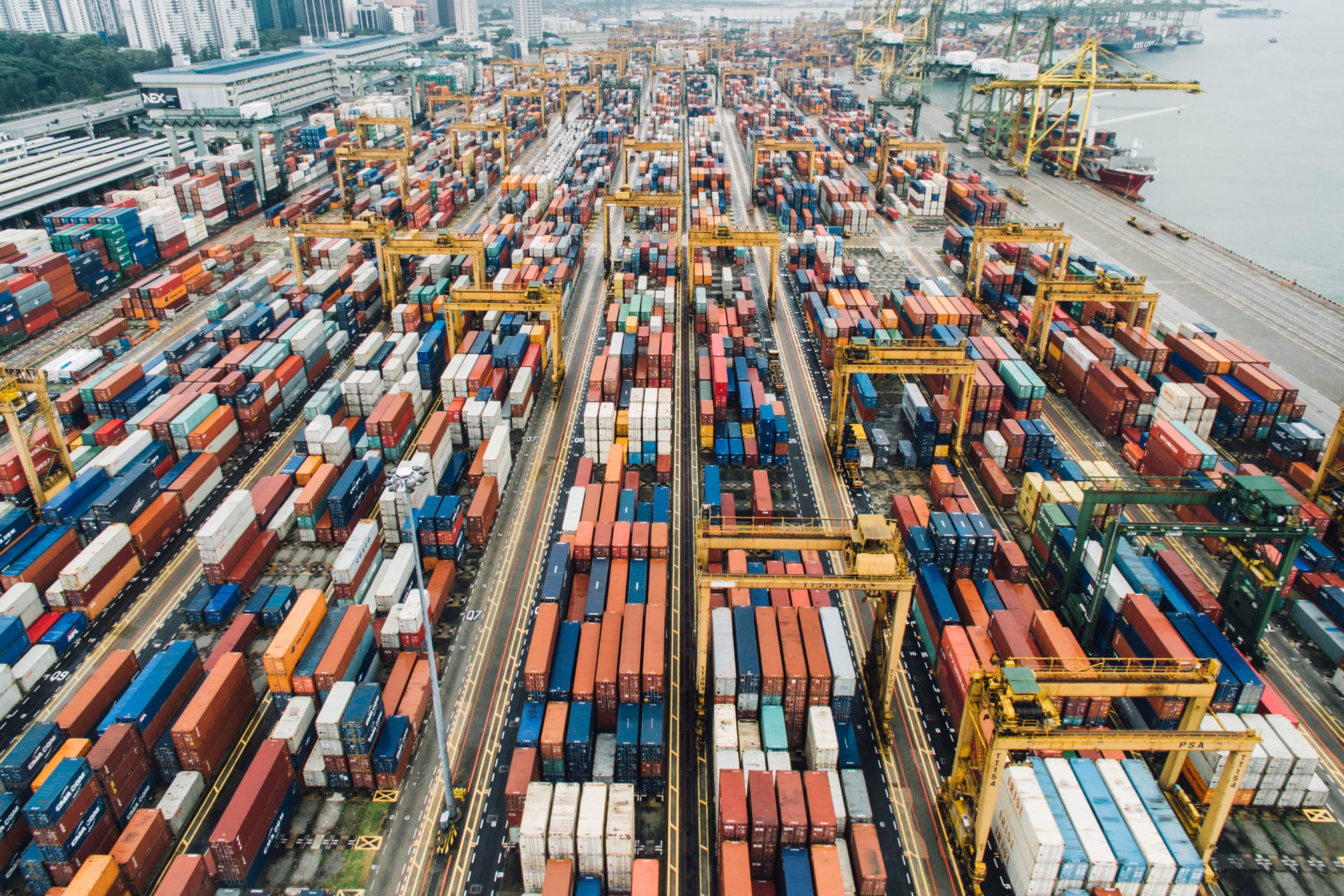US Trade Policy: Change in the Air?
Contrary to what many analysts and experts believed earlier, it is now increasingly clear that US trade and tech policy with China is unlikely to change drastically. The trade war began with former US President Trump’s desire to cut a better deal with China in the interest of American businesses and workers.
At that time, US was running a trade deficit with China running into billions. This deficit has somewhat reduced partly owing to trade sanctions, that made prices of imported products by US more expensive. Whether the impacts of the trade and tech war have been positive for America or for China, is unclear.
Prior to the US presidential election, many were of the view that with a Democrat president in the White House, trade relations with China would be restored to what they once were, in the greater interests of globalisation and shared prosperity.
However, this has not come to be entirely. What this means is that while the Biden administration has a more open approach to international trade and does not want to relegate it to the status of an outdated economic policy option, it is likely to maintain its tough stance on China.
It seems clear that this seeming contradiction will continue to play out in the next few years of this administration’s term in office. This is among many other important topics being discussed at the upcoming Horasis virtual event on 18 March 2021. The event will host several panels, bringing together senior members from the politics, business, media and academia to interact with the new US administration in finding solutions for America and the world’s future.
Trade Skepticism
After assuming office, one of President Trump’s first acts was to pull America out of the Trans-Pacific Partnership (TPP). This withdrawal—while somewhat expected—sent alarm bells ringing in the global community, for it laid down a marker for what US policy on trade, globalisation and multilateralism would like for the next four years.
Things panned out as expected, with Trump disparaging the benefits of free trade and pleasing his voters. Make no mistake – a large share of Americans were extremely dissatisfied with the economic system as it worked (or didn’t).
So, what transpired was sanctions initiated by the US government, with retaliatory impositions by other countries. This had a devastating effect on global trade, which had repercussions mostly for small time traders, businesses and employment in many countries globally.
Many businesses relied on free trade relations to leverage on competitive pricing. But this competitive edge was lost due to higher trade tariffs on most goods leaving them expensive. Demands fell and businesses stopped buying them. What ensued was losses on both sides. Business that exported had to cut down on cost and staff, while importing businesses faced reduced income flow due to increased cost of goods.
The trade war had a crushing effect when US was left underprepared for the pandemic. US businesses had stopped buying medical products from China due to high tariff rates. But they also did not replenish this gap with purchases from other countries. This left US facing wide shortages of critical medical products when COVID-19 hit.
Currently around 14.9% of goods imported by US are under some form of trade sanctions. Of this number, Trump has sanctioned $303.7 billion or 12.6% of the full sum. Other than China, countries such as Canada, South Korea, Mexico and the European Union have been at the receiving end.
Change in the Air?
Not much has changed with President Biden’s election win. The rhetoric around trade policy with China has not been softened. Sure, there seems to be more of a willingness to engage with trade partners—including China—to address outstanding issues, and that brings an element of predictability to policy, but it seems fairly clear that the US will continue to put pressure on China for what it sees as unfair trade practices.
Besides, controlling the spread of COVID-19 and managing its debilitating impact on the American economy and society is the most critical task for the Biden administration. There are several other domestic issues for the Biden administration to contend with, and those will take precedence for now.
It is also clear that there is bipartisan support for a stronger approach towards China and Chinese companies. This means we will continue to see pressure being exerted on Chinese companies, particularly Chinese tech companies doing business in the West and in the US more specifically.
The war on Chinese tech companies began with sanctions on Chinese telecommunications equipment manufacturer ZTE by placing it under the US Entity List. This means that American companies cannot sells goods or services to ZTE without a license. ZTE agreed on a settlement of $1.4 billion in fines. This was followed by indictment of Huawei and its affiliates to the Entity List. Last to be added to this list was the Semiconductor Manufacturing International Corporation, a major Chinese semiconductor producer.
Two Steps Forward, One Back
However, on the flip side, there are some indications that the Biden administration may adopt a more measured approach towards international collaboration and multilateralism. While the administration hasn’t reposed any great faith in the processes of globalisation yet, it has shown it is not adopting an isolationist stance on other matters.
There seems to be a clear change in how America is approaching the rules-based global system – it is back in the Paris Climate accord and it has agreed to pay the money it owes the World Health Organization. Ties with Europe are also expected to improve, and soon.
It is just on trade that we see a reluctance just yet. Soon may that change. A change in US approach could be the shot in the arm the global economy needs.
Photo Caption: It is still too early to tell whether we will see a different approach to trade policy with China under the Biden administration.



